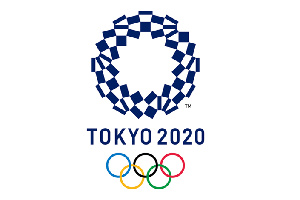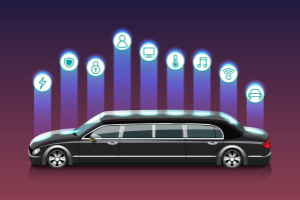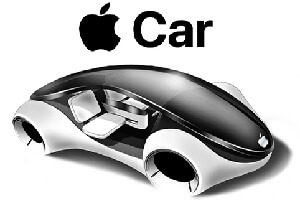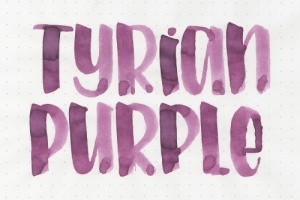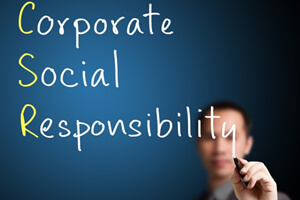Behind Costco’s Treasure-Hunt Shopping Strategy
Narrator: If you’ve ever shopped at Costco, you may have noticed that it’s a little different.
Sarah Nassauer: Costco is not engineered for a quick shopping trip. It is exactly the opposite.
Narrator: This is the economics of Costco.
Sarah Nassauer: It’s not a grocery store. It’s not a small corner store. It’s huge, it’s cavernous. The ceiling is high. Goods are literally stacked on pallets up to the…almost the ceiling. That’s all part of the model and the experience.
“I got a Costco hall. The first think we got is a five dozen of eggs. Then we’ve got salmon...”
Narrator: Unlike most stores, there are no aisle signs or in store maps to help direct shoppers. Instead, aisles are simply numbered. What’s more, Costco constantly moves some of its products and cycles in new products. So what gives? Why are Costco stores designed this way and how has it helped the company grow into the retail behemoth that it is today?
Sarah Nassauer: Costco is a big fan of using treasure hunt retail psychology to draw you in, which is basically having items on the shelf that are at a like wow price because there’s such a good discount or they’re just really interesting and they’re not gonna be there forever.
Narrator: The big idea behind Costco’s treasure hunt strategy is that by encouraging customers to explore and ensuring that there’s always a new batch of interesting deals, customers end up shopping longer and buying more products.
“Today, I went to Costco thinking I was just gonna get a few items, but I ended up with the whole entire cart.”
Sarah Nassauer: When you go into the store, it doesn’t feel the same as the last time you were there. And so you have a sense of urgency about purchasing and also just a sense of wanting to come back, right, and check out what’s going on. If it was the same, every time you might not come as often.
Narrator: Today, Costco is one of the world’s largest retailers, boasting over 803 locations and 275,000 employees.
Sarah Nassauer: Costco was part of sort of this early warehouse club concept, which was really about, instead of like go to the store, buy a single item, come to the store, pay membership and maybe you’re a small business and we’ll offer you wholesale prices, basically, lower prices.
Narrator: Most members pay an annual fee of $60 for the basic plan. The customers can upgrade to the executive membership which is more perks for $120 a year. Membership dues are also how Costco makes most of its money.
Sarah Nassauer: I think Costco’s management’s main goal is always this ethos of, can we offer more exciting items at a better price to keep memberships growing? The model is: make money on the membership, sell things as cheaply as possible. They can’t just raise the price on something to increase the profit, that’s against the internal code. And so that also includes things like – let’s save money in how much time we spend putting products on shelves. So that’s part of the reason why you see these pallets of goods stacked up to the ceiling is there’s not a lot of time spent taking apart those pallets, putting each individual product on the shelf. If they eliminate that, there’s a little bit of labor-savings, there’s some time-savings because they’re just putting all that stuff out on a pallet and you take it.
Narrator: Costco says that an average item in the store is only marked up 11% compared to the 25 to 50% often seen in retail. This commitment to low prices hasn’t just kept customers loyal, it has also helps spread the brand.
Sarah Nassauer: There’s a psychology to finding a deal that’s very satisfying for people, and people enjoy the product selection at Costco. They have very skilled merchants that usually have been employed there for a very long time and really know what a Costco customer likely would want. And they’re good at getting good prices on those products.
“I got premier protein flavor vanilla.”
Sarah Nassauer: And that sort of creates a certain frenzy around finding those things.
“I got the Kirkland brand microwave popcorn. I got two packs of bottled water.”
Narrator: Most retailers might assume that shoppers want more choices, not less.
Sarah Nassauer: They sell a limited number of items. So that means they have to be pretty precise. They think about like giving space to a product in their store differently than a Walmart would. And if that product doesn’t sell, like it’s out of there, it’s very cutthroat. If you’re a product on the shelf, you have to earn your place.
Narrator: The average Costco warehouse stocks about 3,700 products at any given time, less than 1/10 of most supermarkets, 40 to 50,000 items. But even though Costco stocks fewer items, the items they do stock have a reputation.
“I see you’ve notice me rolling up the sleeves on my new Kirkland signature quarters that my mother got me for the holidays.”
Sarah Nassauer: Kirkland is Costco’s, you know, private label brand. It’s their store brand. It’s a brand that when they wanna offer something at a certain price, they don’t feel a manufacturer or supplier can do it. They build it themselves.
Narrator: Since it was launched in 1995, the in-house brand has built a reputation for quality and low prices on everyday items. Today, Kirkland products make up a quarter of Costco’s $166 billion in annual sales.
Sarah Nassauer: But when you talk to customers, I think they generally feel that it doesn’t necessarily need to be fancy because they’ve already bought into this Costco pitch, which is, this is high-quality, and it’s a lower price, and you don’t need to be afraid of it.
Narrator: That customer loyalty helped Costco remain strong during the pandemic.
Sarah Nassauer: Costco is certainly a model that has not only survived the pandemic but has really thrived in the pandemic.
Narrator: Despite the increased popularity of online shopping, Costco has leaned into its strategy of driving members to it stores.
Sarah Nassauer: It’s…it’s really interesting to me because for years, people have questioned Costco. You know, Amazon is gonna get you, you got to get bigger online and that really hasn’t played out yet. They’ve said explicitly, we prefer people to come into the store and shop. We want impulse buys. We want people to come in and see what we have and buy more. We work better that way and it’s cheaper.



